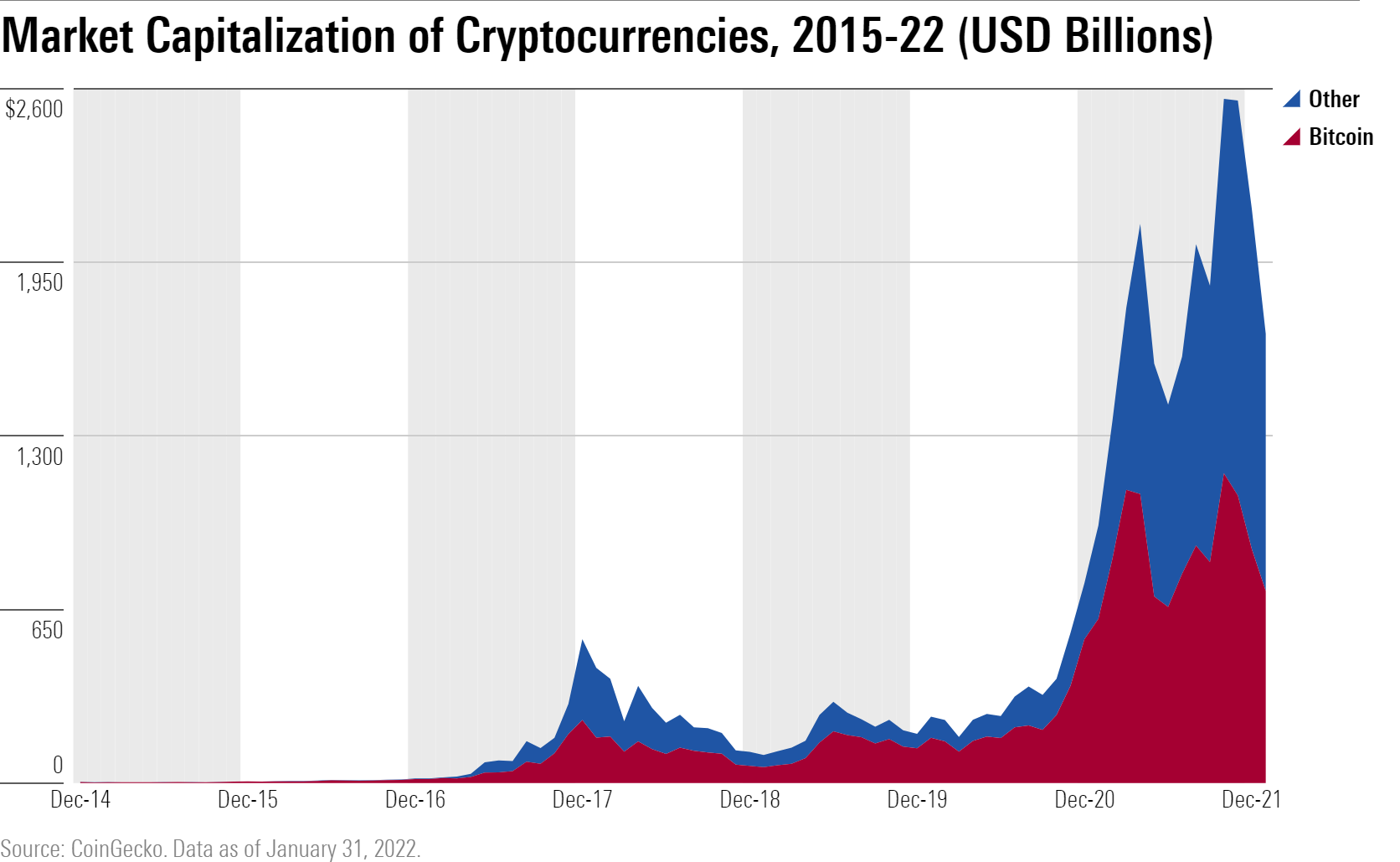Certificado de Calidad
ISO 9001:2015 / ES-0395/201428 noviembre, 2024
Cryptocurrency pi value
Like Ethereum, Solana is a blockchain that was built with utility in mind. In Solana’s case, it’s become known for facilitating the easy creation of decentralized applications, or dApps, but the network is actually even faster than Ethereum, has far lower fees and is intended to be more easily scalable than rivals. https://iplt20lives.com/ The native token of this blockchain is the eponymous Solana, also known as SOL.
As the granddaddy of them all, Bitcoin is often the token people reference when they talk about crypto. Bitcoin has a mysterious creator — allegedly Satoshi Nakamoto — who introduced the currency in 2009.
Furthermore, Mahmudov’s theory demonstrates how belief in such an ambitious target effectively discourages premature selling (commonly referred to as paper-handing). In the case of 888, this means the more that holders perceive $888 as their final destination, the less likely they are to panic sell during market downturns (something 888 ‘diamond-handers’ welcome as they are able to purchase more tokens at a cheaper price).
Cryptocurrency bitcoin price
In January 2015, Coinbase raised US$75 million as part of a Series C funding round, smashing the previous record for a bitcoin company. Less than one year after the collapse of Mt. Gox, United Kingdom-based exchange Bitstamp announced that their exchange would be taken offline while they investigate a hack which resulted in about 19,000 bitcoins (equivalent to roughly US$5 million at that time) being stolen from their hot wallet. The exchange remained offline for several days amid speculation that customers had lost their funds. Bitstamp resumed trading on 9 January after increasing security measures and assuring customers that their account balances would not be impacted.
Bitcoin is a cryptocurrency, a digital asset that uses cryptography to control its creation and management rather than relying on central authorities. Originally designed as a medium of exchange, Bitcoin is now primarily regarded as a store of value. The history of bitcoin started with its invention and implementation by Satoshi Nakamoto, who integrated many existing ideas from the cryptography community. Over the course of bitcoin’s history, it has undergone rapid growth to become a significant store of value both on- and offline. From the mid-2010s, some businesses began accepting bitcoin in addition to traditional currencies.
Prior to the release of bitcoin, there were a number of digital cash technologies, starting with the issuer-based ecash protocols of David Chaum and Stefan Brands. The idea that solutions to computational puzzles could have some value was first proposed by cryptographers Cynthia Dwork and Moni Naor in 1992. The idea was independently rediscovered by Adam Back who developed hashcash, a proof-of-work scheme for spam control in 1997. The first proposals for distributed digital scarcity-based cryptocurrencies were Wei Dai’s b-money and Nick Szabo’s bit gold. Hal Finney developed reusable proof of work (RPOW) using hashcash as its proof of work algorithm.
In 2012, Bitcoin spent much of the year consolidating, slowly growing stronger throughout the year. In November 2012, Bitcoin went through its first “halving,” a change in the reward structure for miners, where they receive half as many bitcoins for mining blocks on the blockchain. As 2012 came to an end, Bitcoin finished at $13.50, just off the highs for the year.
A hard fork is a protocol upgrade that is not backward compatible. This means every node (computer connected to the Bitcoin network using a client that performs the task of validating and relaying transactions) needs to upgrade before the new blockchain with the hard fork activates and rejects any blocks or transactions from the old blockchain. The old blockchain will continue to exist and will continue to accept transactions, although it may be incompatible with other newer Bitcoin clients.
In January 2014, Zynga announced it was testing bitcoin for purchasing in-game assets in seven of its games. That same month, The D Las Vegas Casino Hotel and Golden Gate Hotel & Casino properties in downtown Las Vegas announced they would also begin accepting bitcoin, according to an article by USA Today. The article also stated the currency would be accepted in five locations, including the front desk and certain restaurants. The network rate exceeded 10 petahash/sec. TigerDirect and Overstock.com started accepting bitcoin.

Cryptocurrency r
Given the volatility experienced in many digital assets, stablecoins are designed to provide a store of value. They maintain their value because while they are built on a blockchain, this type of cryptocurrency can be exchanged for one or more fiat currencies. So stablecoins are actually pegged to a physical currency, most commonly the U.S. dollar or the Euro.
Broadly speaking, since this type of cryptocurrency is meant to be a general-purpose currency, it has a dedicated blockchain that only supports that purpose. It means that smart contracts and decentralized applications (Dapps) cannot be run on these blockchains.
The crypto market is vast, with many projects vying for attention. Among them, EarthMeta (EMT) stands out with its focus on environmental sustainability, offering a unique approach to combining blockchain with eco-friendly initiatives. While Bitcoin, Ethereum, Avalanche, and Binance Coin each present promising growth potential, EarthMeta’s commitment to ecological responsibility adds a distinct layer of interest in the space. Understanding the strengths of each project helps funders make informed decisions in this dynamic market.
Moons from Reddit are ERC-20 Tokens given as rewards for an individuals contributions to r/CryptoCurrency either via posts or comments etc. They can be freely transferred, tipped and spent in r/CryptoCurrency. Moons are distributed monthly using Reddit Karma as a basis for contributions.
These payment cryptocurrencies also tend to have a limited number of digital coins that can ever be created, which makes them naturally deflationary. With less and less of these digital coins can be mined, the value of the digital currency is expected to rise.

